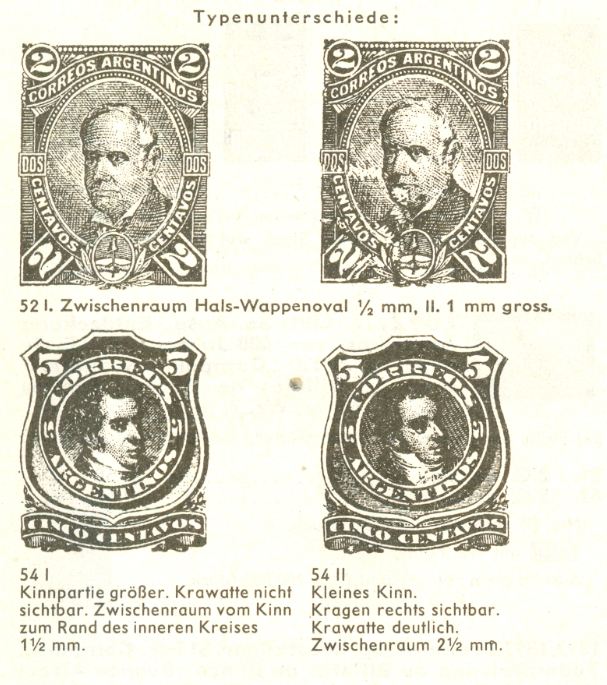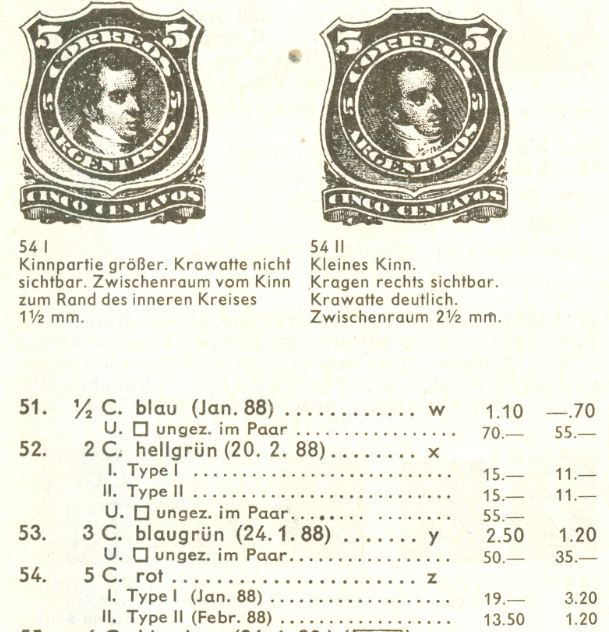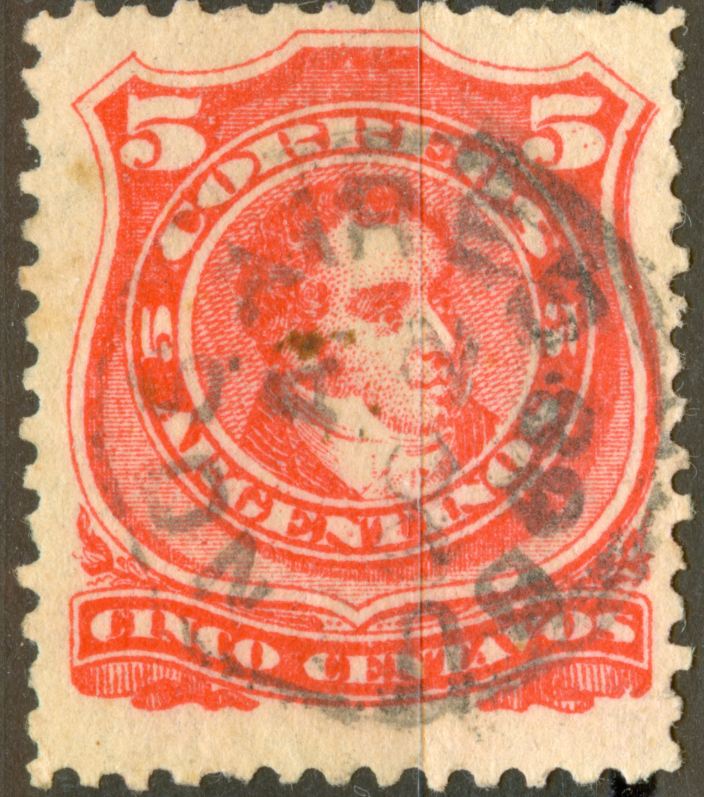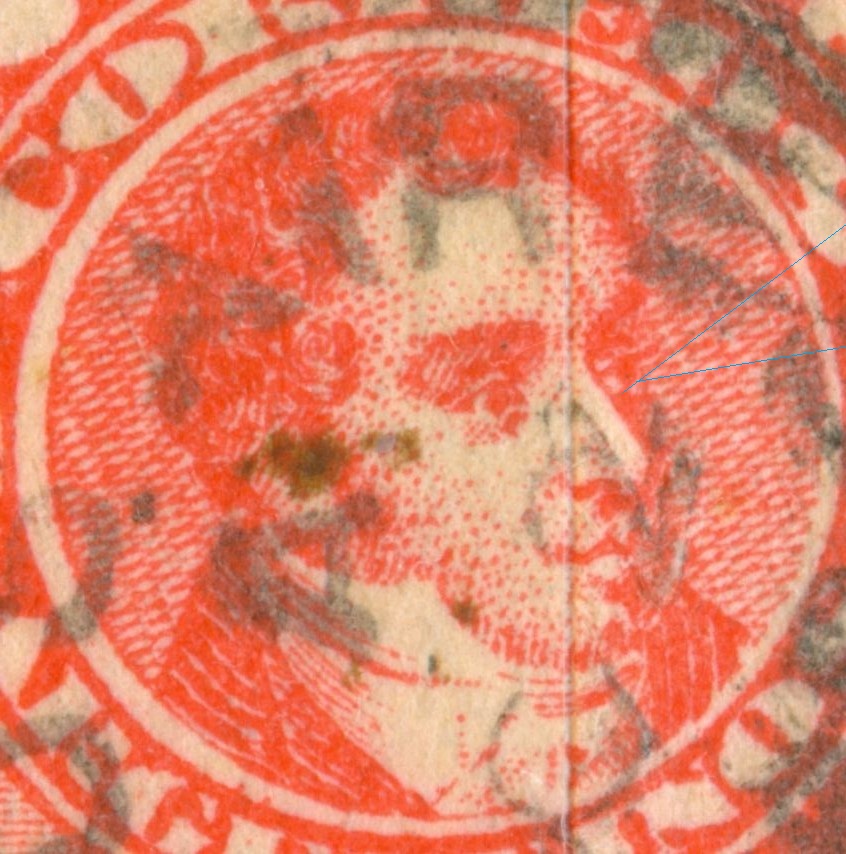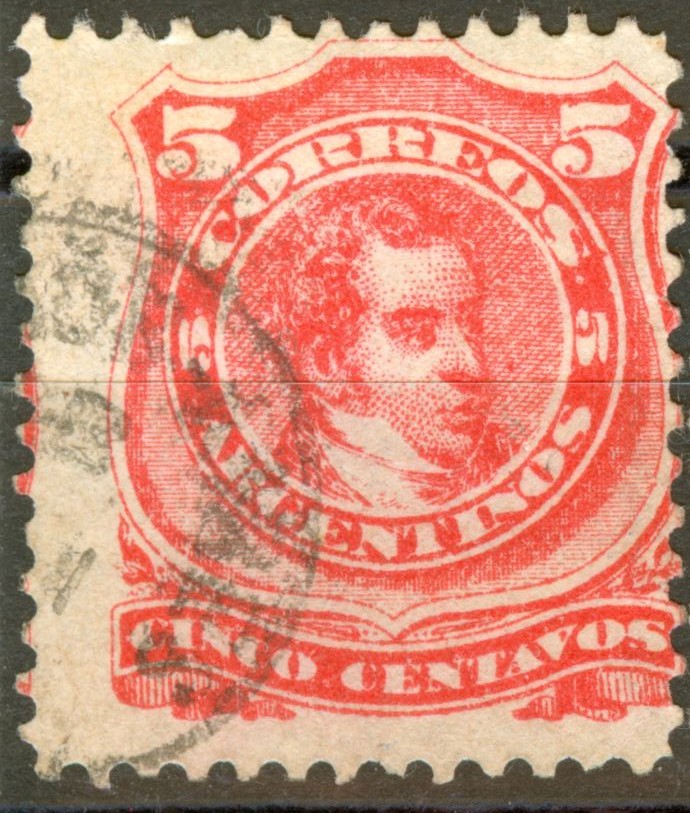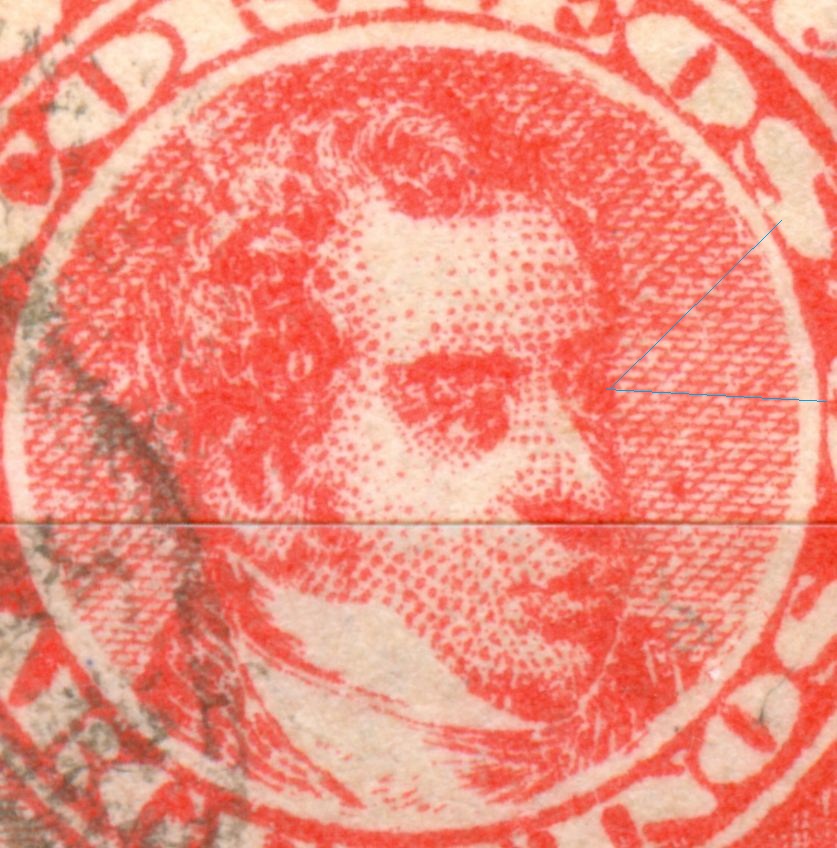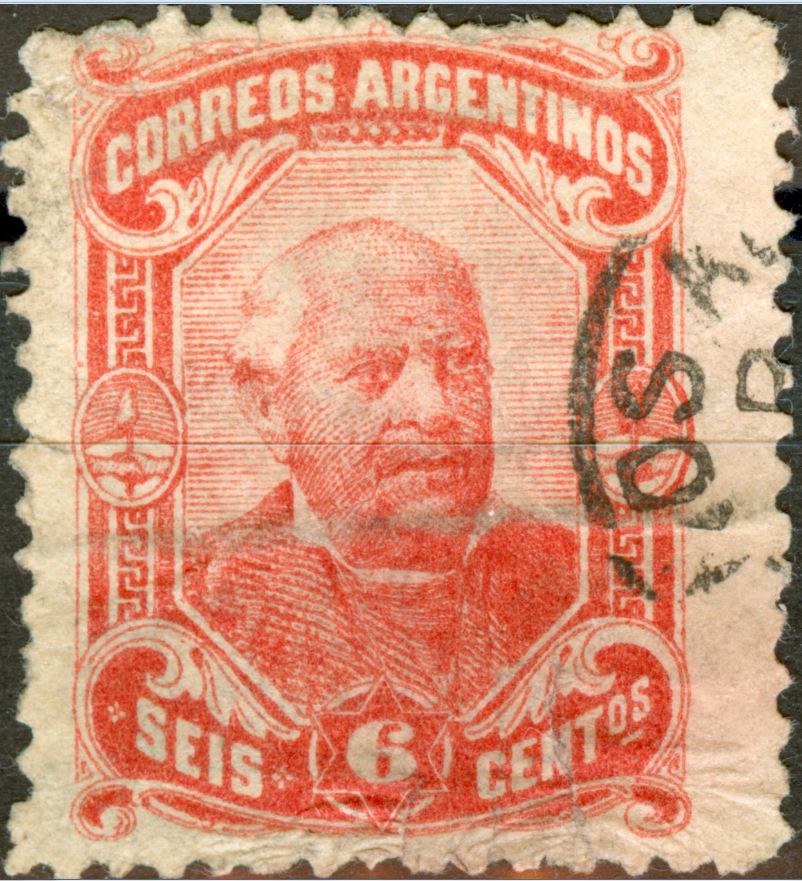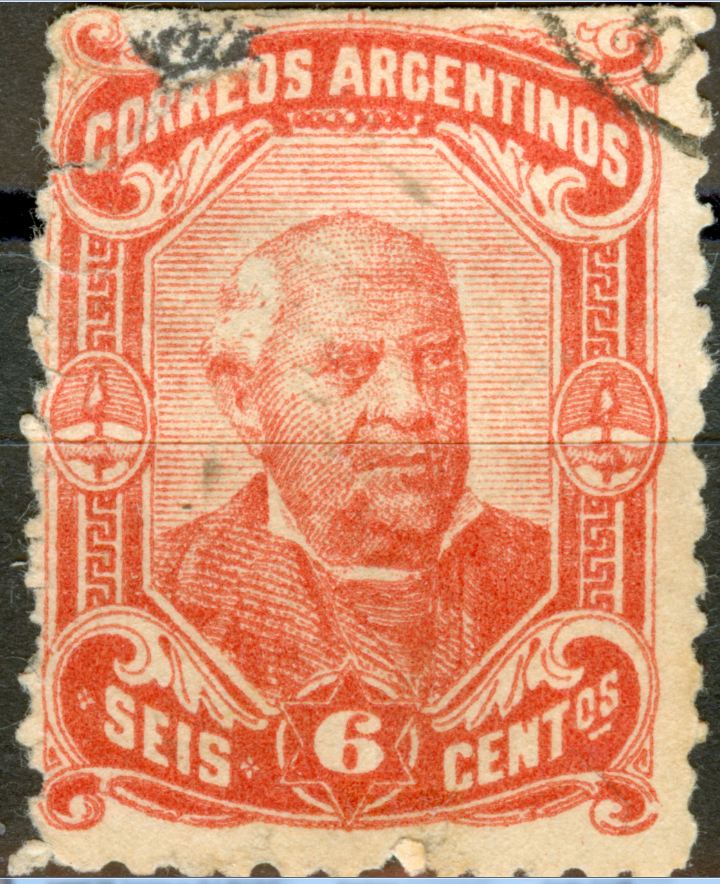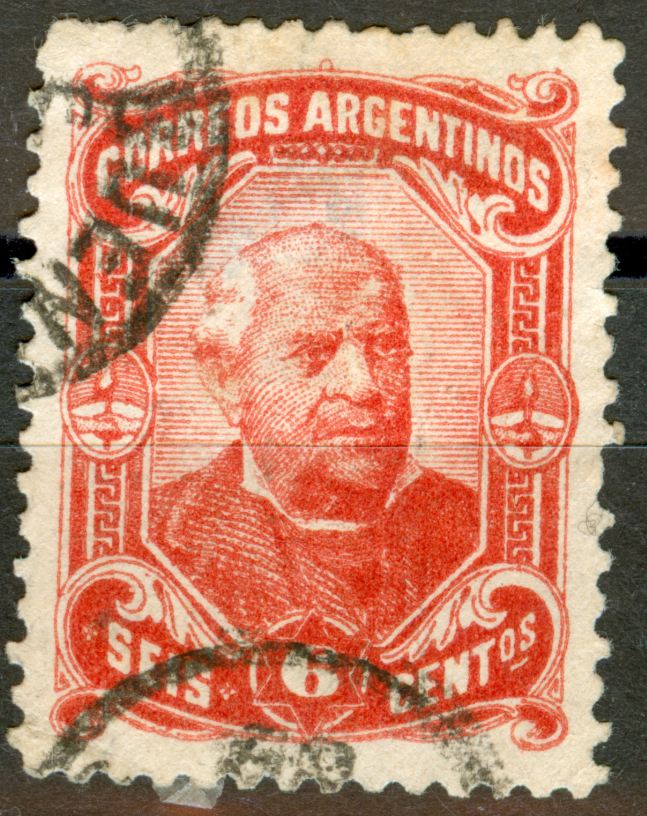How on earth can we do this????
Does anyone see how??? Images taken from the 1958 edition.
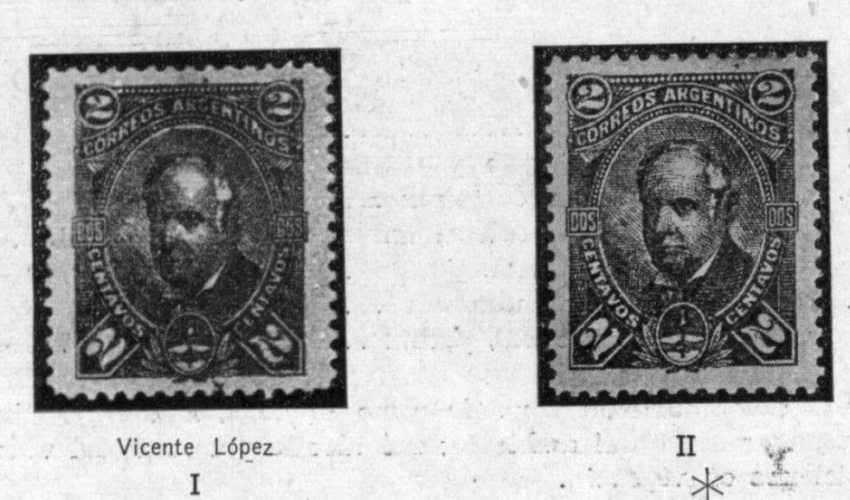


I think I know now..... but who else does...
to be continued ...
Moderador: Rein






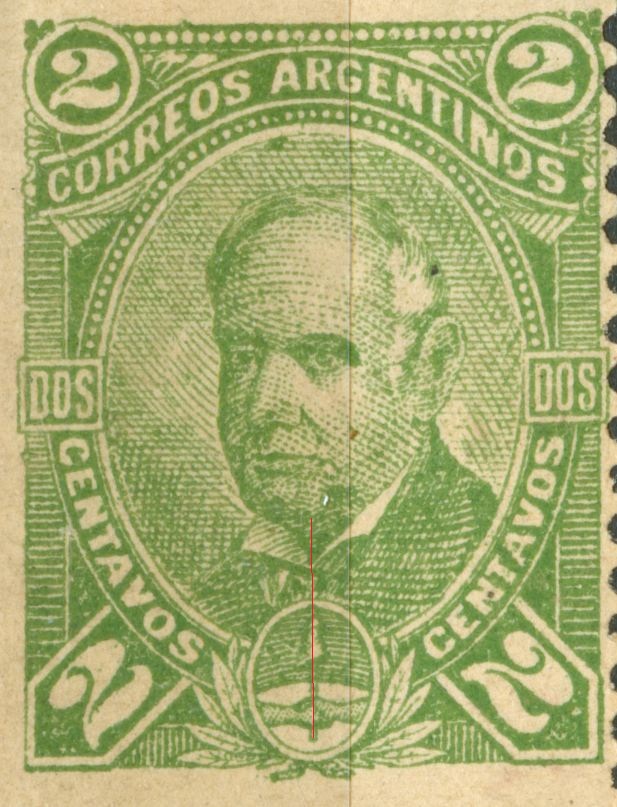
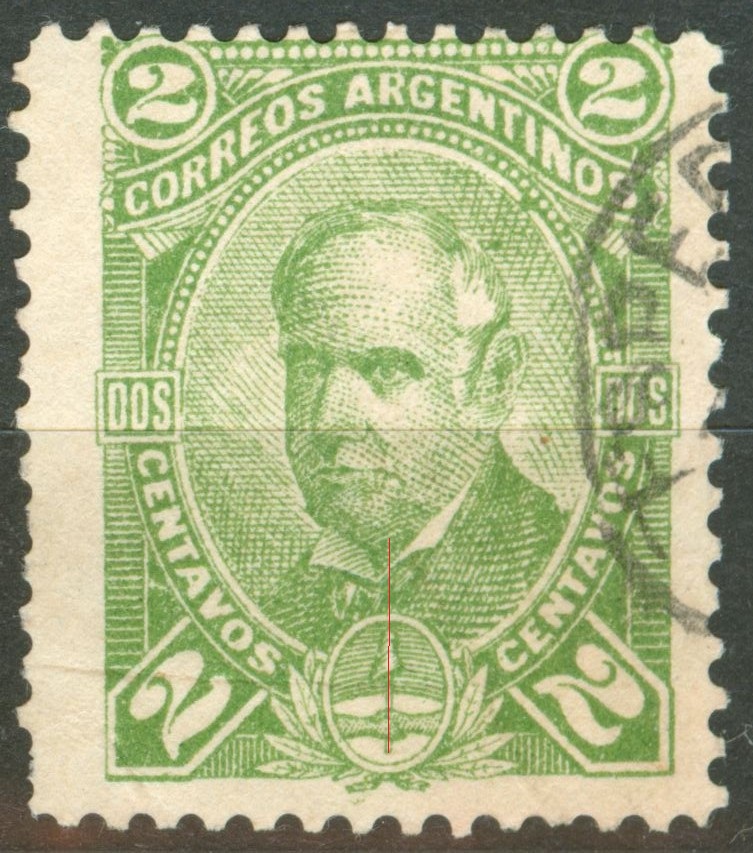

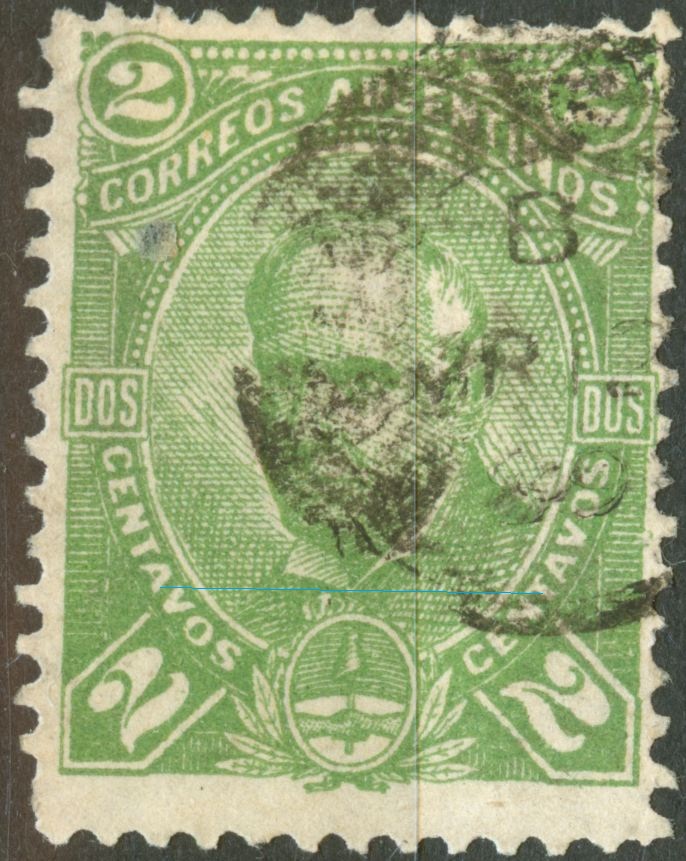
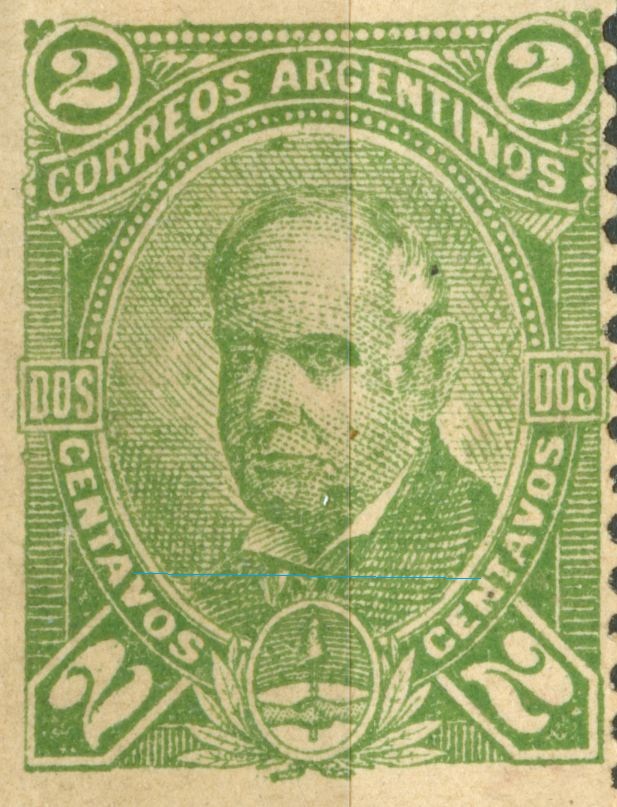
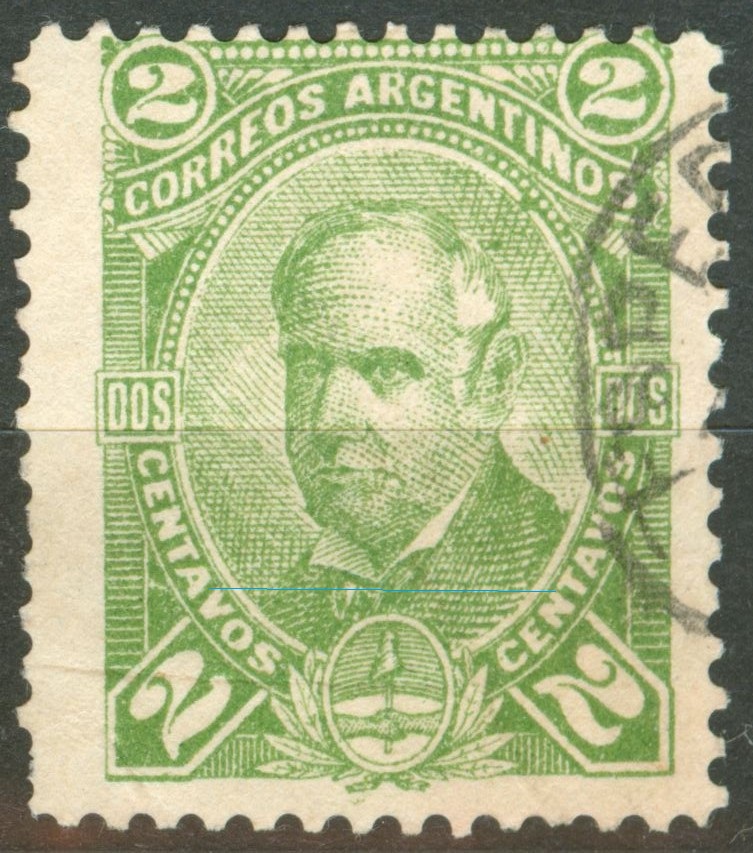


Nestor,patagonian escribió:If you use the word "Type" in lithographic sense, there is only one "type" (only one matrix)
If you use the term in the general, colloquial sense, you may consider the neck-oval distance for a broad classification, and speak about. two "types" (two reports).
If you use the "type" as synonimous of plate variety, you may find 30 report positions (20 at R.I and 10 on R.II, and a bonus of two subtypes).
I strongly believe that Kneitschel, Jalil, Mello Teggia, etc. would not cheat anyone: they just used the terminology in a way that is not specific to this printing technique.
Frame and center was copied already together in the intermediate stone.Sarcosis escribió:(...)
Y ya creo entender... si bien se hizo en 2 partes se imprimio todo al mismo tiempo, marco y centro.
Entonces a GJ no se le escapo nada... simplemente hay que tener en cuenta que puede haber mas de una diferencia.
Ahora, es posible que en algun punto se crucen los del primer reporte con los del segundo siendo la diferencia del cuello al ovalo iguales?
Esta comprobado esta diferencia en todas las posiciones de ambos reportes?
Pregunto por la mínima diferencia de 0,5mm entre uno y otro...
Gracias
Sergio

patagonian escribió:Seguramente los colagas más observadores habrán notado que dentro del mismo bloque Reporte I, no todos los 20 tipos tienen la misma distancia entre el escudo y el cuello. También se notan esas diferencias en la altura de los ojos respecto a la línea imaginaria que une las partes superiores de los dos cartuchos del valor "DOS", y también en el "aire" que le queda arriba de la cabeza a don Vicente.
Creo que éstos son los dos tipos más contrastantes, la pos. 12 y la 19:
... y por supuesto ambos se clasifican como Pt 61 / GJ 81 (si vienen de la misma plancha!).
Comparemos con el Reporte II, donde también hay discrepancias entre las 10 posiciones (aunque menores que en R.I); creo que éstas son los extremos:
que son indubitablemente Pt61A / GJ 82.
Ahora, si comparamos la pos. 19 del R.I con la pos. 3 del R.II ... no se vé mucha diferencia de altura del cuello, no?
Y entonces, si tengo justo esos sellos, cómo distingo GJ 81 de 82?
Seguramente en alguna futura actualización se describirá con todas las letras "Reporte I" para la GJ 81, y "Reporte II" para la GJ 82.
Mientras tanto, afine el ojo sobre color, papel y caracteres diferenciales con las imágenes de todos los tipos existentes, identfique las posiciones con los dibujos del Ing. Schey, y no podrá equivocarse.
(menos mal que en el 2c ambos reportes tienen el mismo valor y no es como con el Dorrego "chocolate", porque entonces habrían también muchos "confundidos")
[/color]
There is so much variation in distances between the neck and the oval - ranging between 1/2mm and 1mm??? - that there is no sense in just picking out the extremes and call it types!This distance is a good indication, but the definitive method is to identify the position of the report.
Of course this is beyond the scope of any philatelic catalog.
Cordiales saludos,
Néstor.

